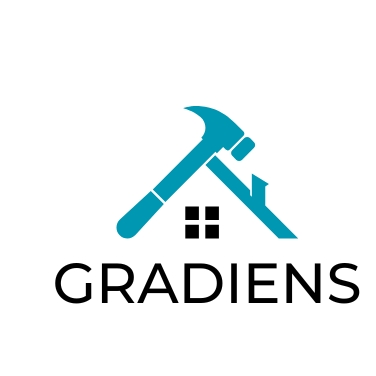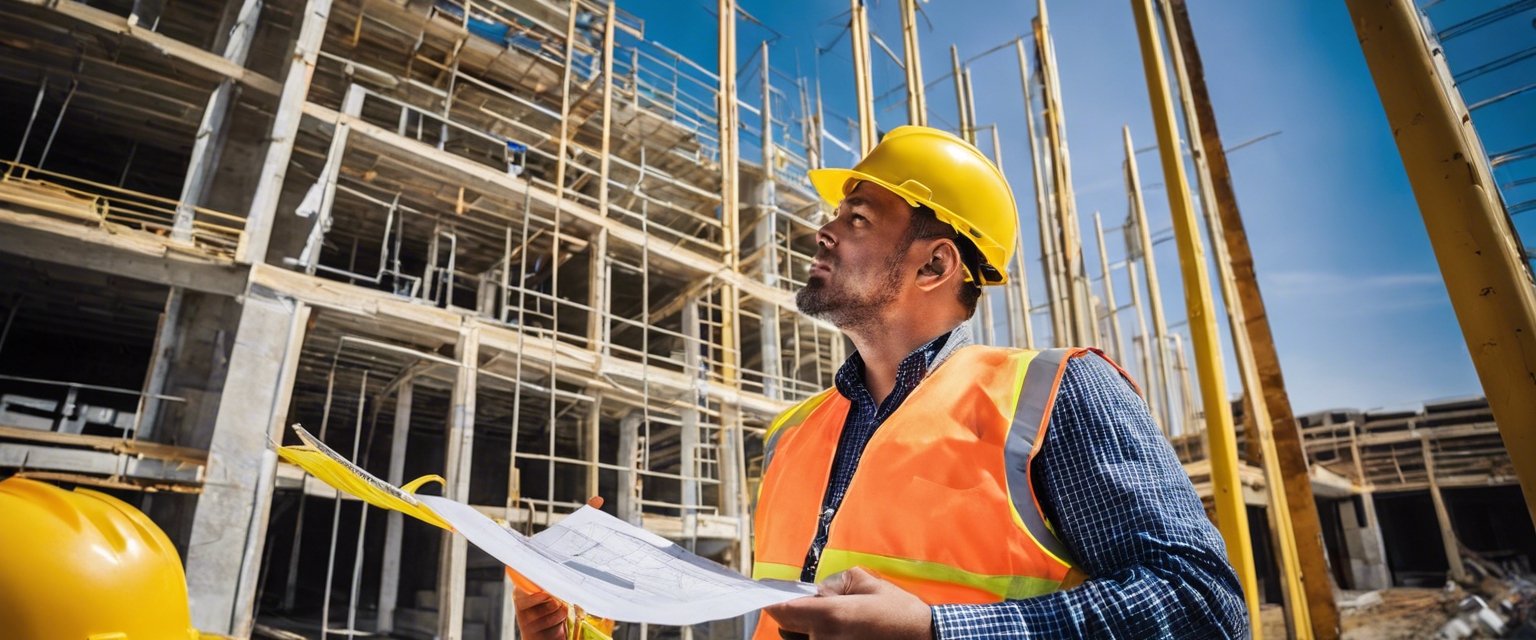5 trends shaping the future of heritage conservation
Heritage conservation is a critical field that involves the protection and restoration of buildings, objects, and landscapes of historical significance. It ensures that the cultural heritage is preserved for future generations while contributing to the identity and continuity of communities.
Preserving cultural heritage is essential for maintaining the historical integrity and cultural diversity of societies. It provides an understanding of the past and contributes to the educational, aesthetic, and economic value of communities.
Conservationists face numerous challenges, including environmental threats, urban development pressures, and limited resources. Addressing these challenges requires innovative approaches and the adoption of new trends in the field.
1. Digital Technology and Documentation
Advanced digital technologies like 3D scanning and modeling are revolutionizing heritage conservation. These tools allow for precise documentation and analysis of historical structures, enabling accurate restorations and the preservation of digital records for posterity.
Virtual and augmented reality technologies are providing new ways to experience and engage with cultural heritage. They offer immersive experiences that can enhance public understanding and appreciation of historical sites.
2. Sustainable Practices and Materials
Integrating sustainable practices into heritage conservation is becoming increasingly important. Green building techniques can reduce the environmental impact of conservation projects while maintaining the authenticity of historic structures.
The use of local and recycled materials in restoration projects supports sustainability and can help to maintain the traditional character of historic buildings.
3. Community Engagement and Education
Encouraging community engagement in heritage conservation projects fosters a sense of ownership and responsibility among local populations. It also ensures that the conservation efforts are in line with the community's values and needs.
Education is key to the long-term success of heritage conservation. Workshops and educational programs can raise awareness about the importance of heritage conservation and train new generations of conservation professionals.
4. Adaptive Reuse and Functionality
Adaptive reuse is a trend that involves repurposing historic buildings for modern uses while preserving their historical elements. This approach can give new life to old buildings and make them relevant to contemporary society.
Navigating the regulations and compliance issues associated with adaptive reuse is crucial for the successful integration of old and new elements in historic buildings.
5. International Collaboration and Funding
International collaboration can bring together diverse expertise and resources for heritage conservation projects. It can also facilitate the exchange of best practices and innovative solutions across borders.
Exploring new financial models and securing investment are essential for the sustainability of heritage conservation efforts. This includes seeking funding from both public and private sources.






Comments (0)